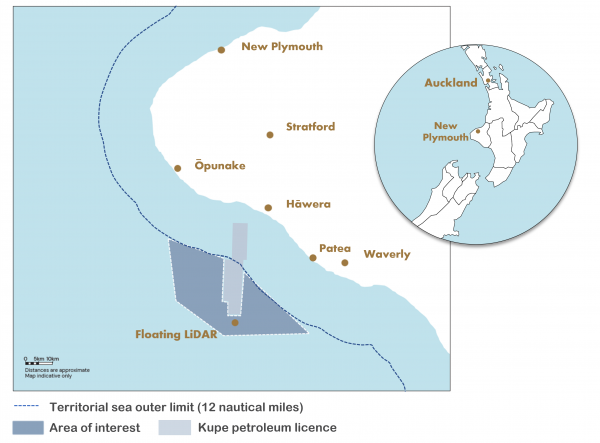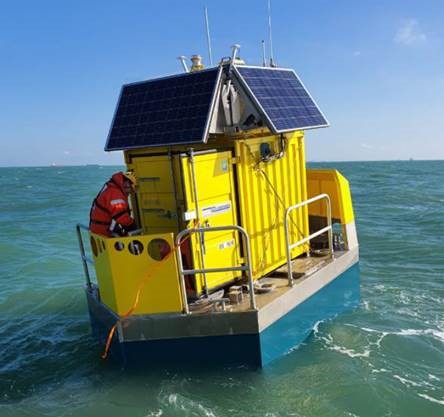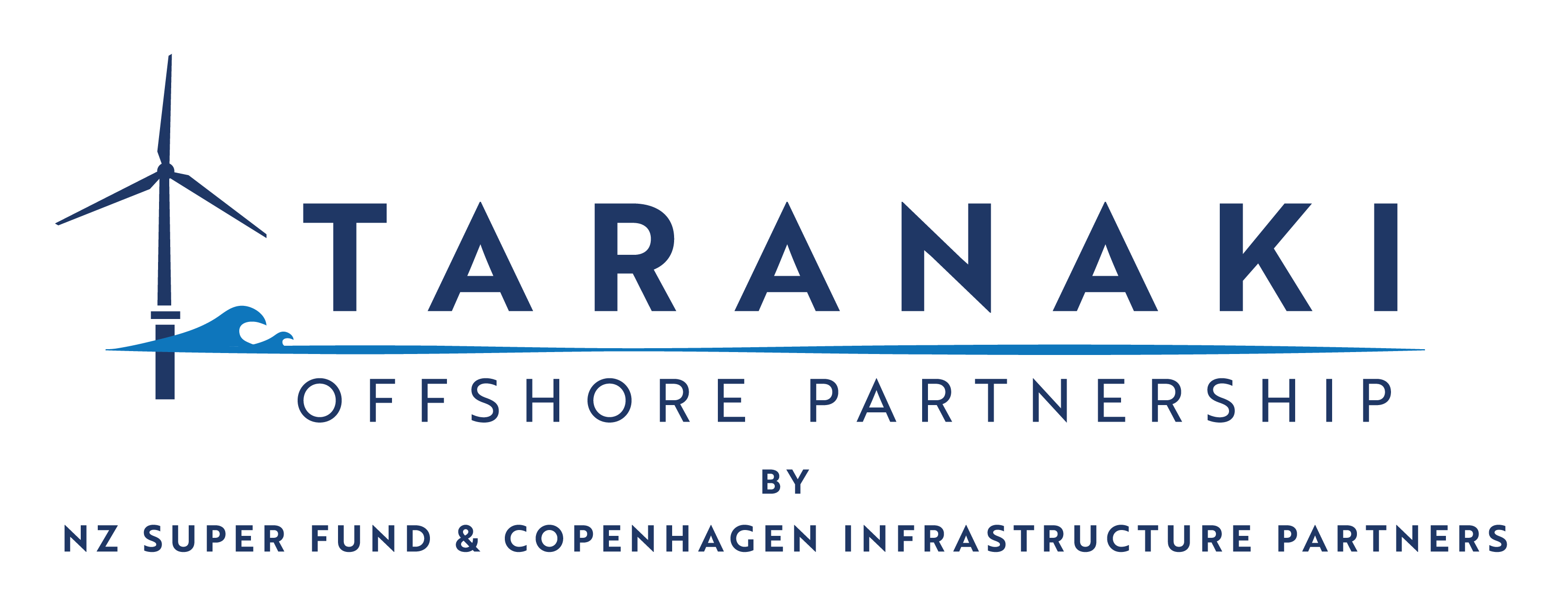Next steps for offshore wind off South Taranaki
NZ Super Fund together with Copenhagen Infrastructure Partners (CIP) are taking important next steps to explore the potential for offshore wind off Aotearoa New Zealand’s South Taranaki coast.
NZ Super and CIP have submitted a pre-activity notice to New Zealand’s Environment Protection Authority (EPA) for a floating wind measurement device – a Floating Light Detection And Ranging device, or FLiDAR – to be deployed 37km off the South Taranaki Coast.
"This is an important step in understanding the wind resource that is available in our location of interest. Our initial research suggests the South Taranaki area has world-class fundamentals, however deploying the FLiDAR will help us build a fuller environmental picture and develop an investible proposition," says NZ Super Fund Head of Direct Investments Will Goodwin.
“The ability to bring in this kind of globally in-demand equipment highlights the benefit of working with an international partner such as CIP.”
"In addition to lodging the EPA application, the team has been actively engaging with local communities on the project and are building our partnership with local iwi as kaitiaki for the area. Ensuring we have strong buy-in is a key priority as we work through the development."
The FLiDAR, which is similar in size to a large ocean buoy, will be deployed for a minimum of 12 months and will measure area-specific wind speeds to help determine the feasibility of an initial up to 1GW clean energy project as well as the potential for an additional 1GW project. The FLiDAR is expected to be deployed late in the third quarter of 2022.
The pre-activity notice also includes the project area of interest within which the feasibility of the projects will be explored. This comprises an area of approximately 900km2 entirely within New Zealand’s Exclusive Economic Zone.
The project partners will soon commence industry capability mapping and marine ecology work in partnership with Iwi and collaboration with local community stakeholders.


FLiDAR example - photo credit: Akrocean
